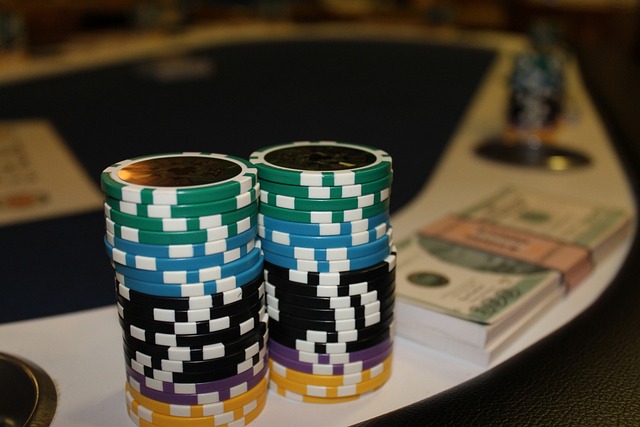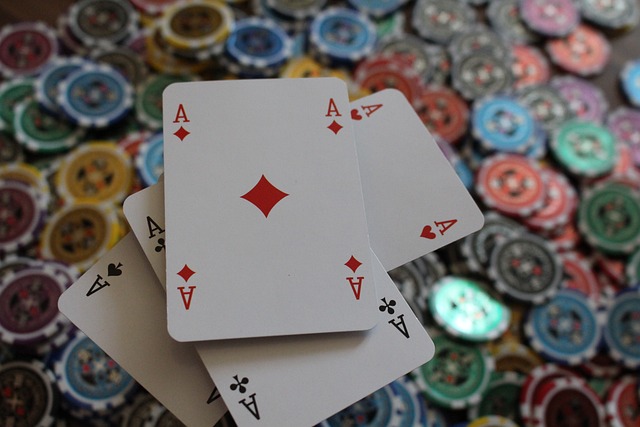As online gambling becomes more accessible and immersive, the risk of addiction and problem gambling grows with it. For those struggling to control their betting behavior, self-exclusion tools offer a vital safeguard. These systems allow players to take a proactive step toward regaining control by voluntarily cutting off access to gambling platforms for a specified period. Far from being a sign of weakness, self-exclusion is a powerful decision that can help prevent financial hardship, emotional distress, and long-term harm. When combined with broader responsible gambling efforts, it serves as a cornerstone of player protection.
What Is Self-Exclusion?
Self-exclusion is a formal process that enables players to block themselves from accessing gambling services for a chosen length of time—typically ranging from 24 hours to several years. During this period, users cannot log in, deposit funds, or place bets. Most reputable online casinos and sportsbooks offer this feature, and many jurisdictions operate centralized self-exclusion programs. These national or regional registers ensure that once a player opts out, the exclusion applies across all licensed operators in that market. Self-exclusion helps create a necessary break from gambling, giving individuals time to reflect, seek support, and reduce triggers that can lead to compulsive betting behavior.
Why Self-Exclusion Is Essential for Player Protection

The importance of self-exclusion lies in its role as a barrier against impulsive decisions. For someone dealing with a gambling problem, moments of emotional vulnerability or stress can lead to uncontrolled betting. Having a tool that locks out access removes temptation and gives the brain time to reset. Unlike self-imposed promises to quit, self-exclusion is technically enforced, which makes it more effective. It’s also a gateway to broader recovery—many platforms encourage users who self-exclude to explore professional counseling, financial advice, or support groups. As one of the few player-initiated controls with legal and practical force, self-exclusion is a lifeline for those on the edge of harmful habits.
The Role of Technology in Enhancing Self-Exclusion
Modern platforms are leveraging technology to improve the self-exclusion experience. Systems are now more streamlined, allowing players to self-exclude directly from their profile settings without needing to contact customer support. AI and behavioral analytics can even recommend self-exclusion when signs of risky behavior emerge—such as frequent deposits, rapid betting, or excessive session lengths. Some countries use tools like GAMSTOP (UK) or Spelpaus (Sweden), which offer centralized databases where players can block all licensed operators in one step. These integrations ensure that self-exclusion is both accessible and enforceable, giving it the strength to make a real difference in the lives of problem gamblers.
Challenges and Limitations

Despite its effectiveness, self-exclusion is not a perfect solution. One major limitation is that it relies on the user’s initial willingness to act. Individuals in denial or unaware of their problem may never opt in. Additionally, self-exclusion only works if platforms enforce it properly. In jurisdictions without centralized programs, players may still access unregulated or offshore sites. Some determined individuals also find ways to bypass restrictions through new accounts or different devices. That’s why self-exclusion should be seen as one part of a broader support system, not a standalone fix. Combining it with therapy, financial counseling, and community support increases its long-term success rate.
Promoting Awareness and Encouragement
A significant part of making self-exclusion more effective is ensuring that players know it exists—and feel encouraged, not ashamed, to use it. Gambling operators must clearly display responsible gaming tools, educate users on their options, and train staff to handle self-exclusion requests with empathy and discretion. Messaging should emphasize that taking a break is a sign of strength and self-awareness, not failure. Campaigns that normalize responsible play and highlight personal stories of recovery can also reduce stigma and motivate more people to take action when needed. The more accessible and accepted self-exclusion becomes, the more lives it can positively impact.
